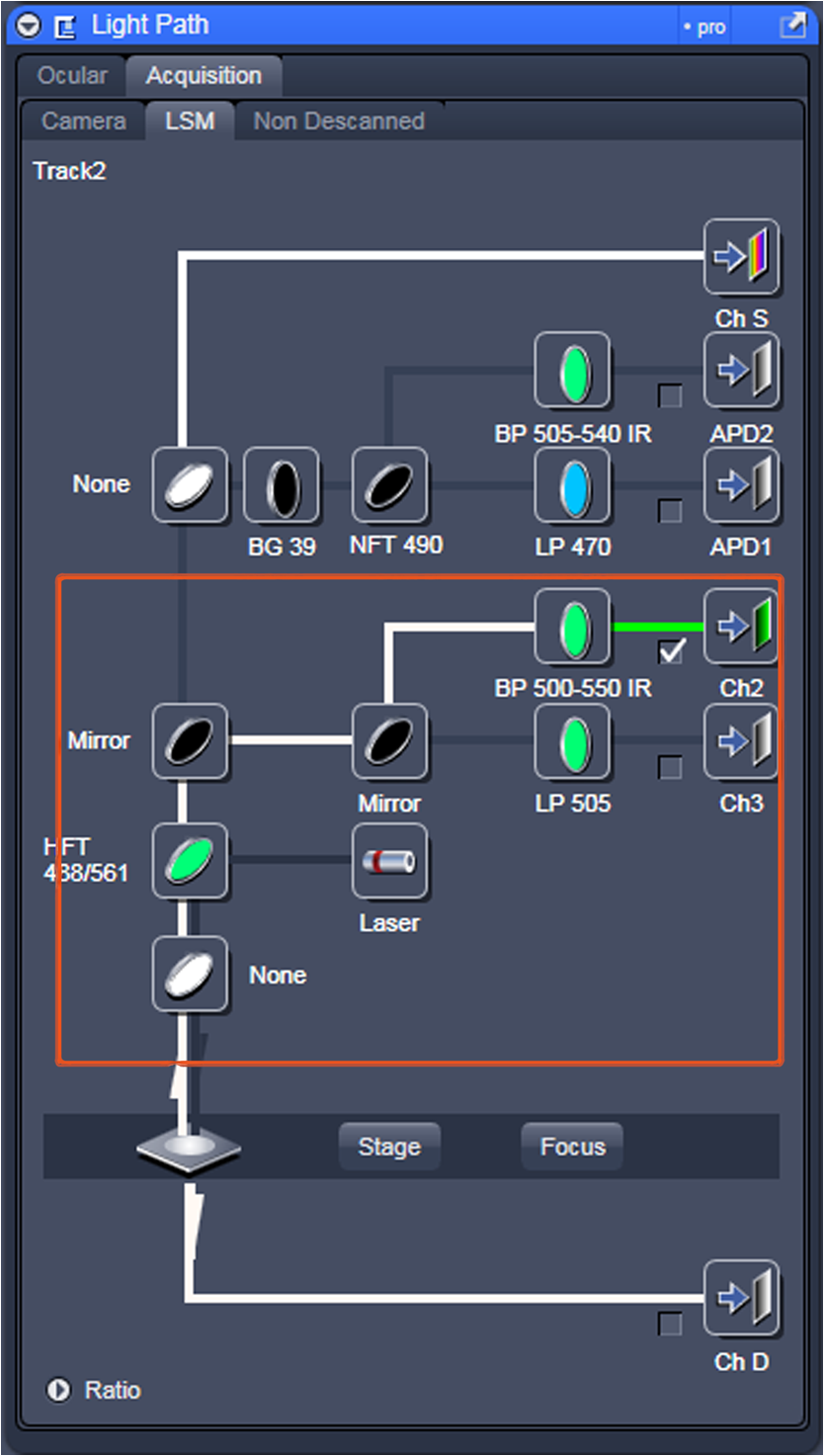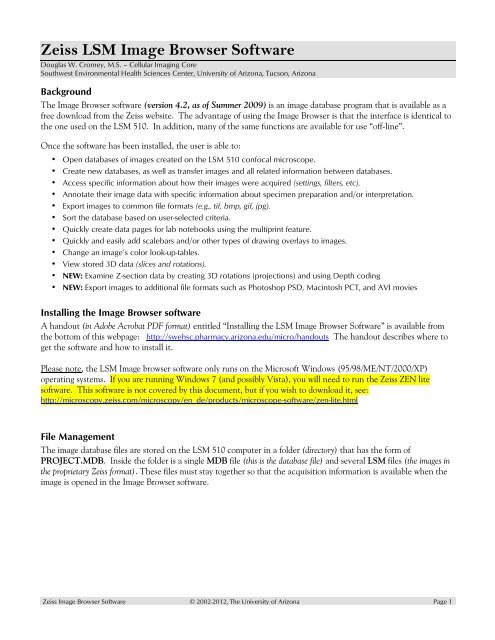

I ntravenous administration of sodium fluorescein (fluorescein) during resection of malignant gliomas results in demarcation of the regions of brain with tumor infiltration, highlighted by enhanced fluorescein uptake and slower fluorescein clearance. GTR of the contrast-enhancing area as guided by the fluorescent signal was achieved in 100% of cases based on postoperative MRI. Margins of contrast enhancement based on intraoperative MRI–guided StealthStation neuronavigation correlated well with fluorescent tumor margins. False negatives occurred due to lack of fluorescence in areas of diffuse, low-density cellular infiltration. Fluorescein fluorescence was highly specific (up to 90.9%) while its sensitivity was 82.2%.

For the 12 patients who underwent resection of their high-grade gliomas, the histopathological analysis of the resected specimens at the tumor margin confirmed the intraoperative fluorescent findings. Glioblastoma tumor cell–specific uptake of fluorescein was not observed, and tumor cells appeared to mostly exclude fluorescein.

The in vitro and in vivo models suggest that fluorescein demarcation of glioma-invaded brain is the result of distribution of fluorescein into the extracellular space, most likely as a result of an abnormal blood-brain barrier.


 0 kommentar(er)
0 kommentar(er)
